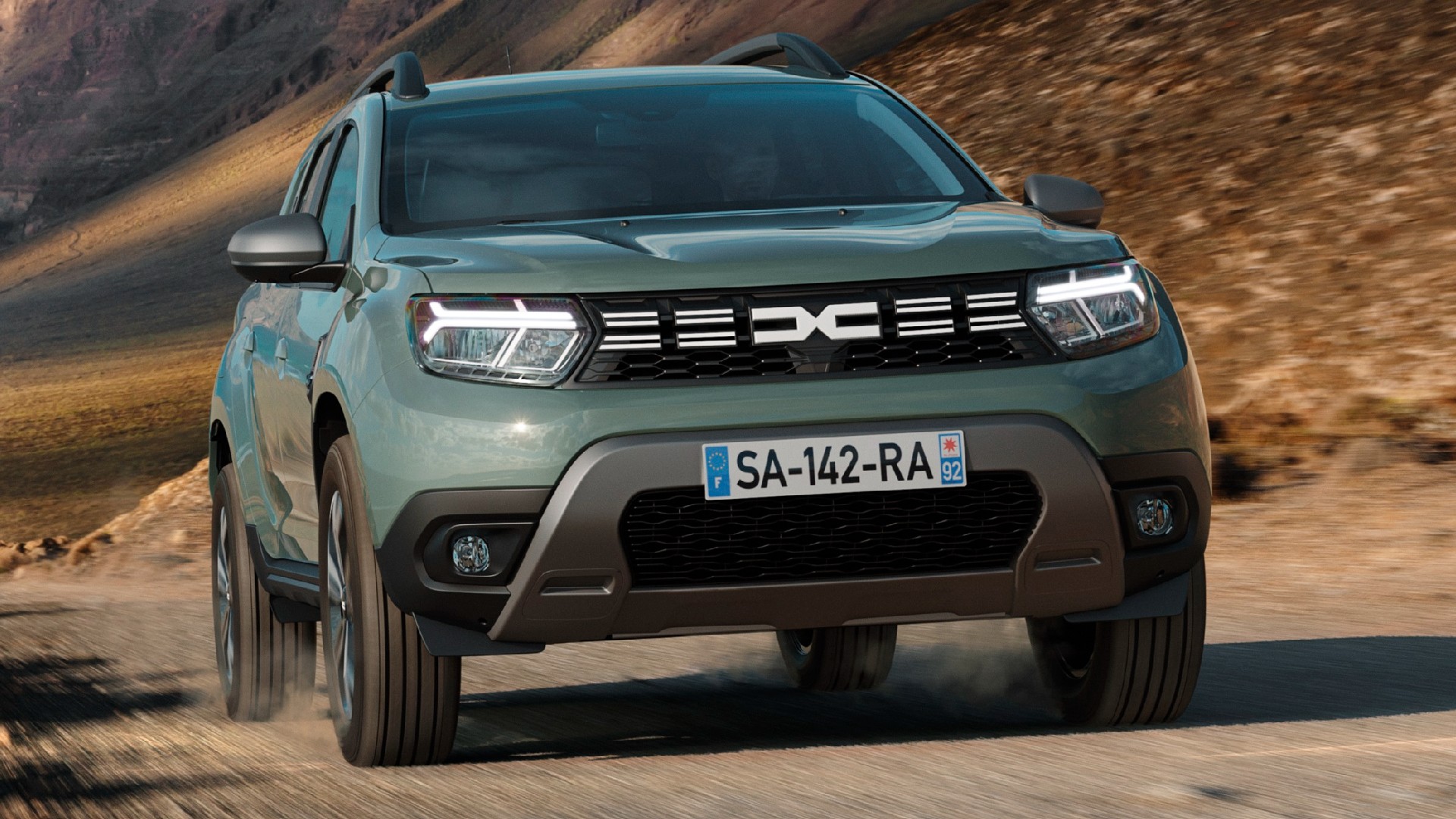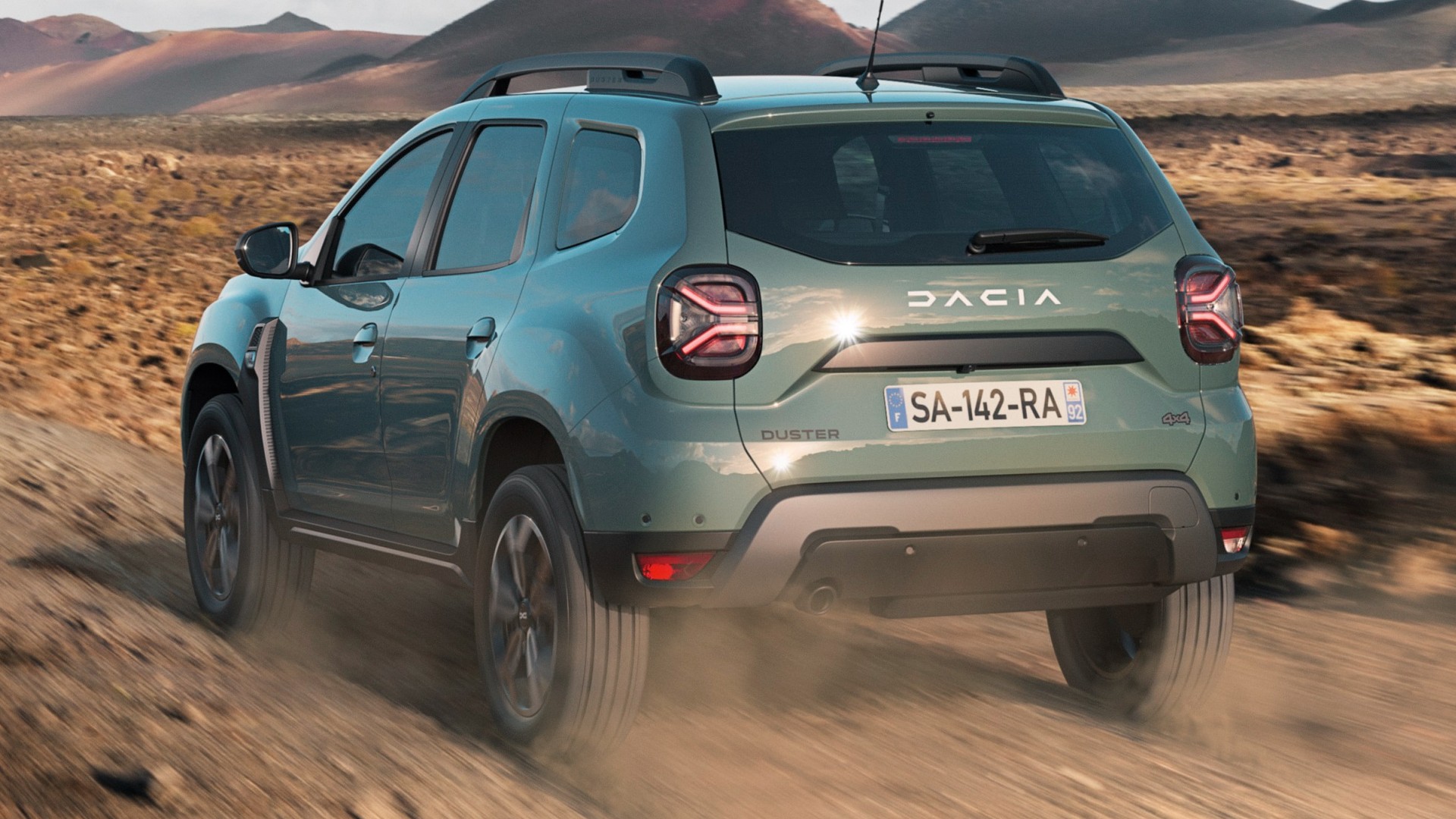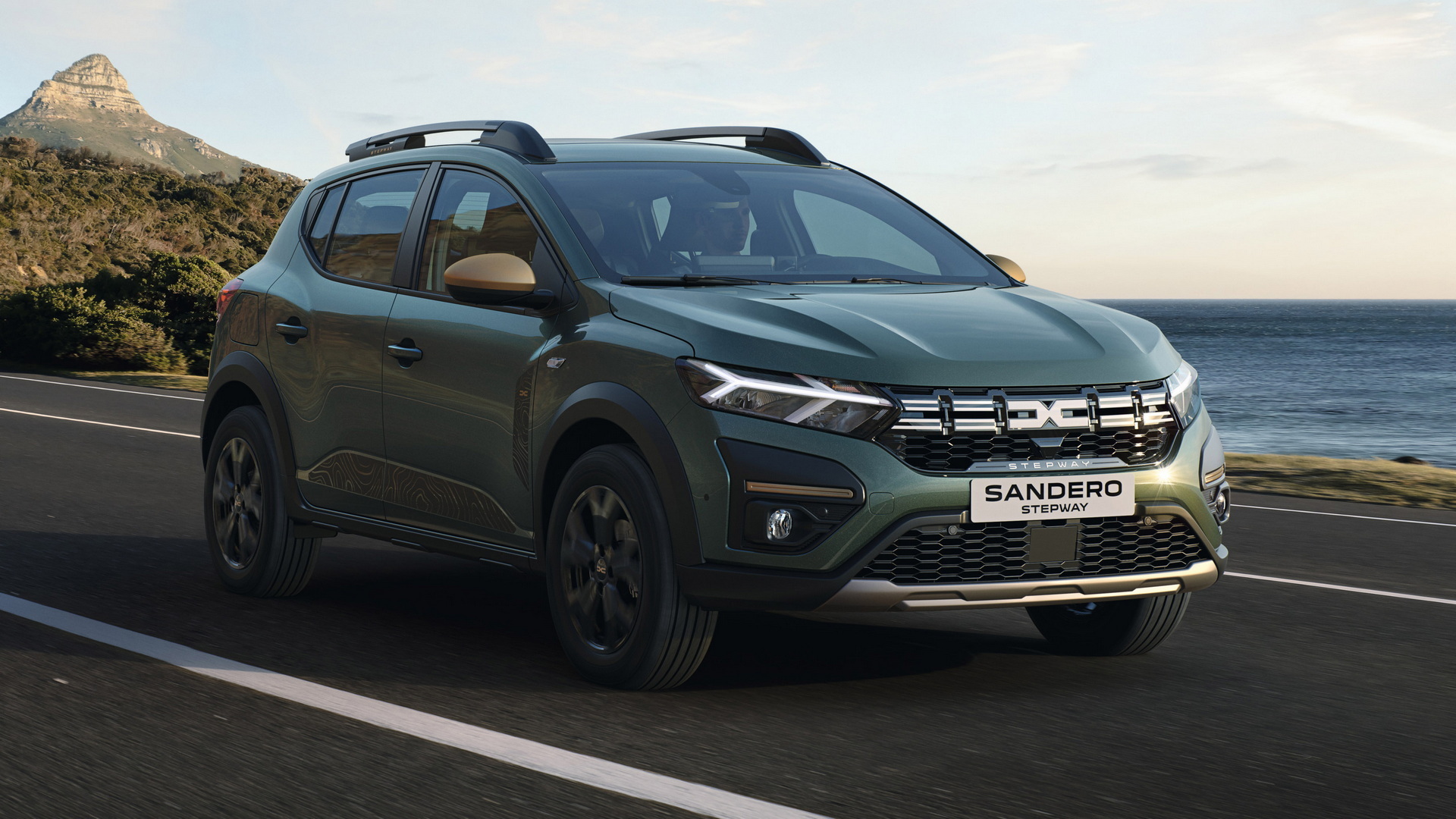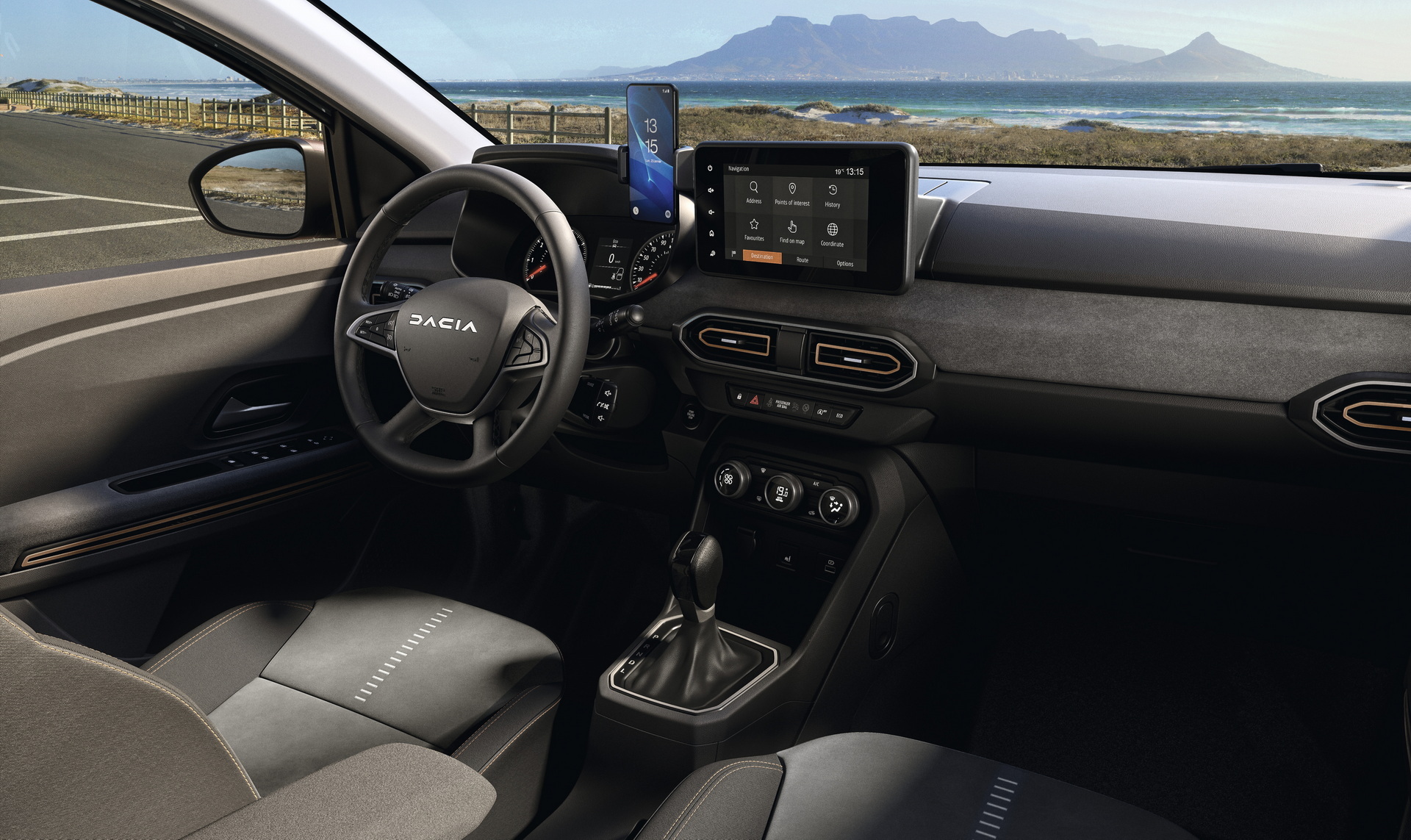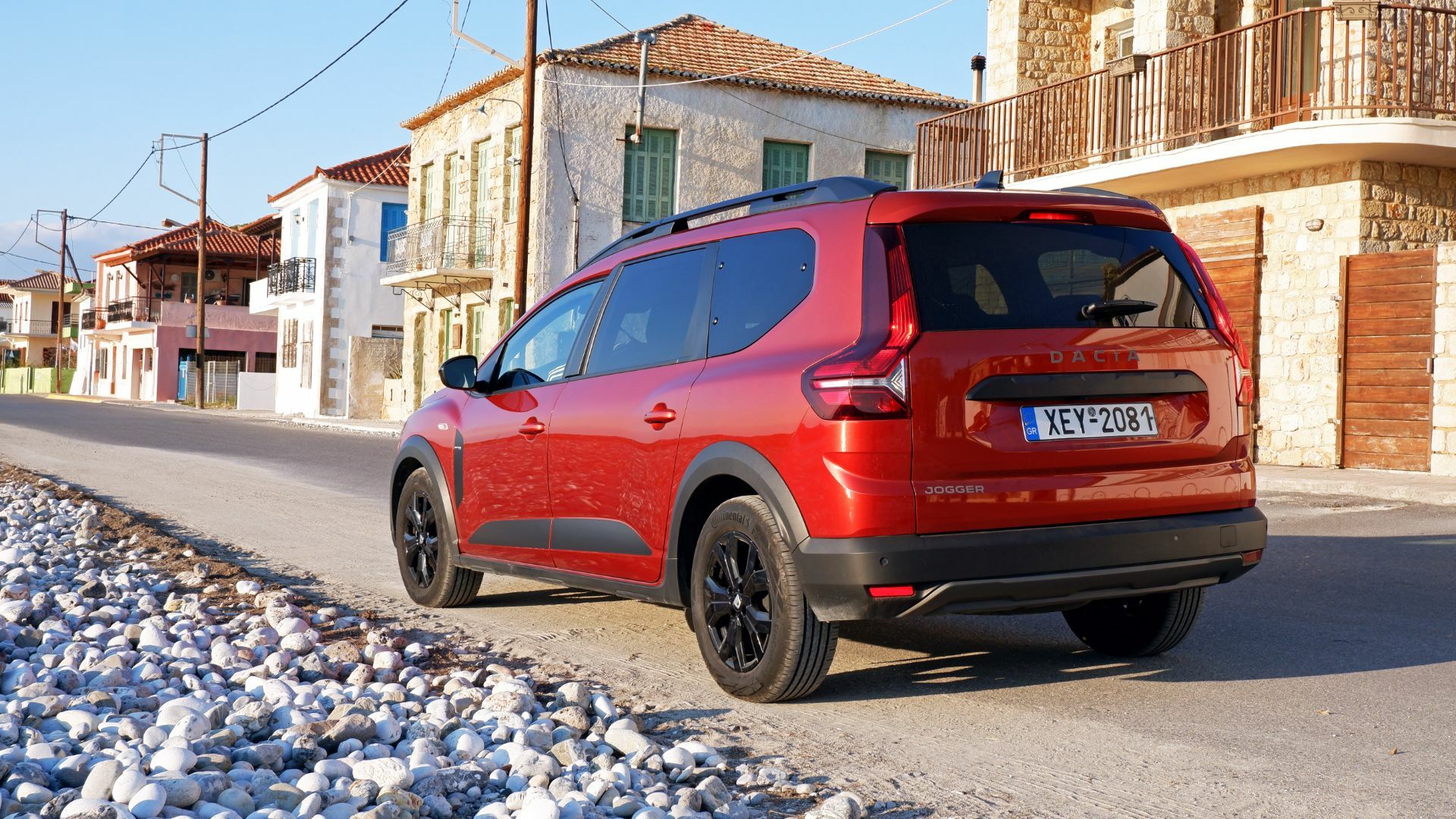Automakers love to tell us about the clever new gadgets they’ve crammed into their new cars, and some of them have suggested that there’s no longer a business case for small, inexpensive vehicles such as the VW Up!, which was axed this month.
But Dacia’s continued success suggests automakers have got it, got us, wrong. The budget Renault brand has revealed that it sold 493,51 vehicles in the first nine months of 2023, up 16.7 percent on the same period in 2022, and held firm to its position as the second best-selling automaker in Europe, improving its market share by 0.8 percent to 8.4 percent.
The simple Sandero hatchback, the second most popular car in the whole of Europe after the Tesla Model Y in 2022, found 199,516 homes, up 18.3 percent, and the roomy Jogger recorded 70,932 sales, up 76.1 percent. And then there’s the Spring EV: sales of that rose 40.6 percent to 44,262 with the help a new more powerful model, and will grow again in 2024 when it finally arrives in the UK.
Dacia’s cars aren’t sexy, fast or luxurious. But they use proven Renault mechanical components and offer just enough equipment and refinement at a price point that would otherwise mean buying a used car. And while we all get ourselves into a lather about the latest supercar or 1,000 hp (1,014 PS) EV, most non-enthusiasts don’t care about that. They want no-nonsense value – a trait that’s particularly important in the context of the current cost of living squeeze and rising interest rates – and most of them aren’t bothered about having a premium badge, massage seats or being able to take selfies while driving.
Related: Here’s Everything We Know About The 2024 Funky And Affordable Dacia Duster
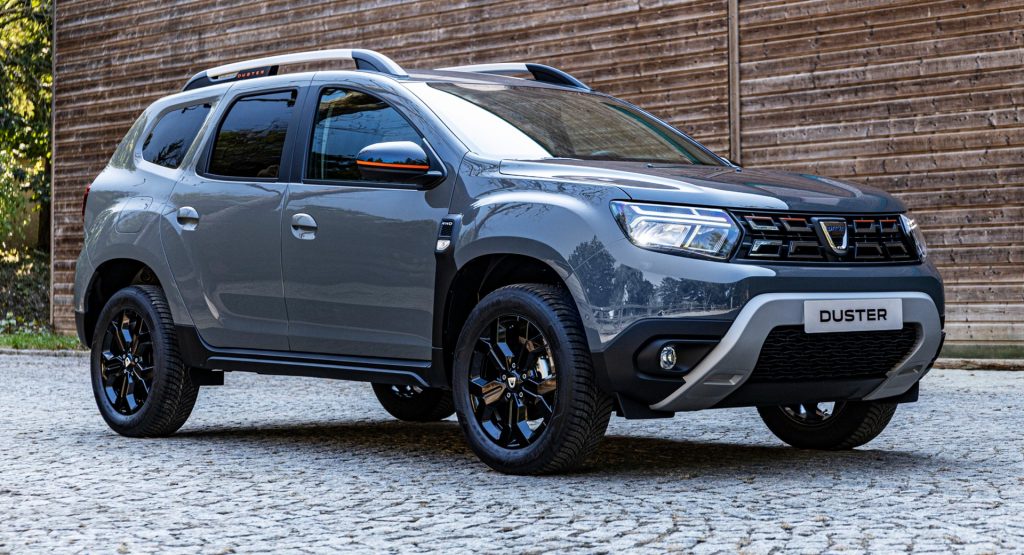
Which isn’t to say that want to drive something that constantly reminds them they’re the bottom feeders in the new car market. The range-topping Extreme trim introduced last year, which turns the manual air conditioning automatic and adds keyless entry to the Duster, and brings heated seats and bigger wheels to the Jogger, has proved massively popular and now accounts for one third of sales.
Could a brand like Dacia work in the U.S.? America doesn’t really have many budget cars or brands now that the Koreans have gone all posh, leaving the car market in a similar place to where it was in the 1960s when funny, small, slow European cars flooded in to fill a demand for buyers for simple, efficient, value-packed cars that Detroit wasn’t delivering. But America already pays far less for its cars than Europeans do, so Dacia would have to screw down its prices even further to make inroads into the U.S. market. An entry-level Sandero might look good value in the UK at £13,795, but that equates to $16,800 at current exchange rates, when a 2024 Nissan Versa stickers at $16,130. Do you think Renault should homologate its Dacia lineup for North America?





